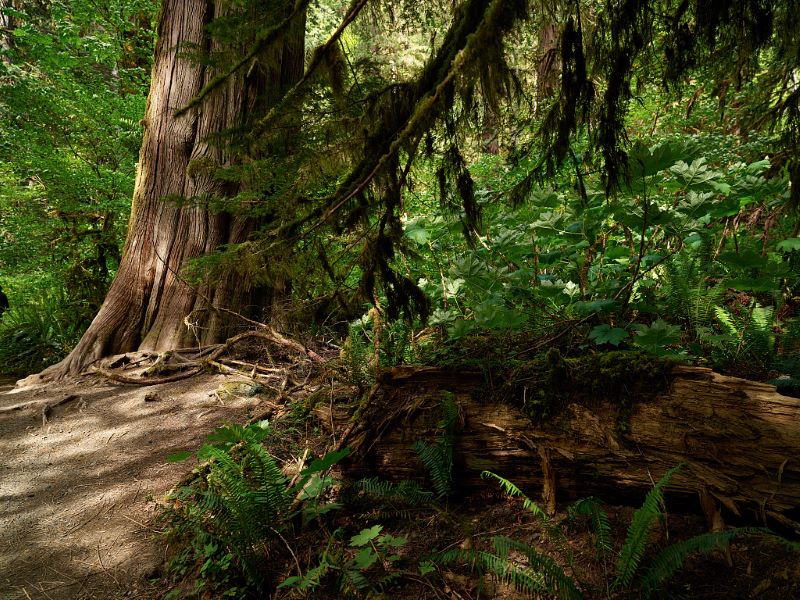The primary reason Omanson had hitchhiked out from Illinois to the northwest coast in November of 1973 was to find work and send his wages home to his wife, while camping in the woods to minimize expenses. The entire economy of the Olympic Peninsula depended, directly or indirectly, on logging and, as Omanson had worked for several years as a tree trimmer in Illinois, he had no trouble at all finding work. He considered joining a logging crew, but was…...

